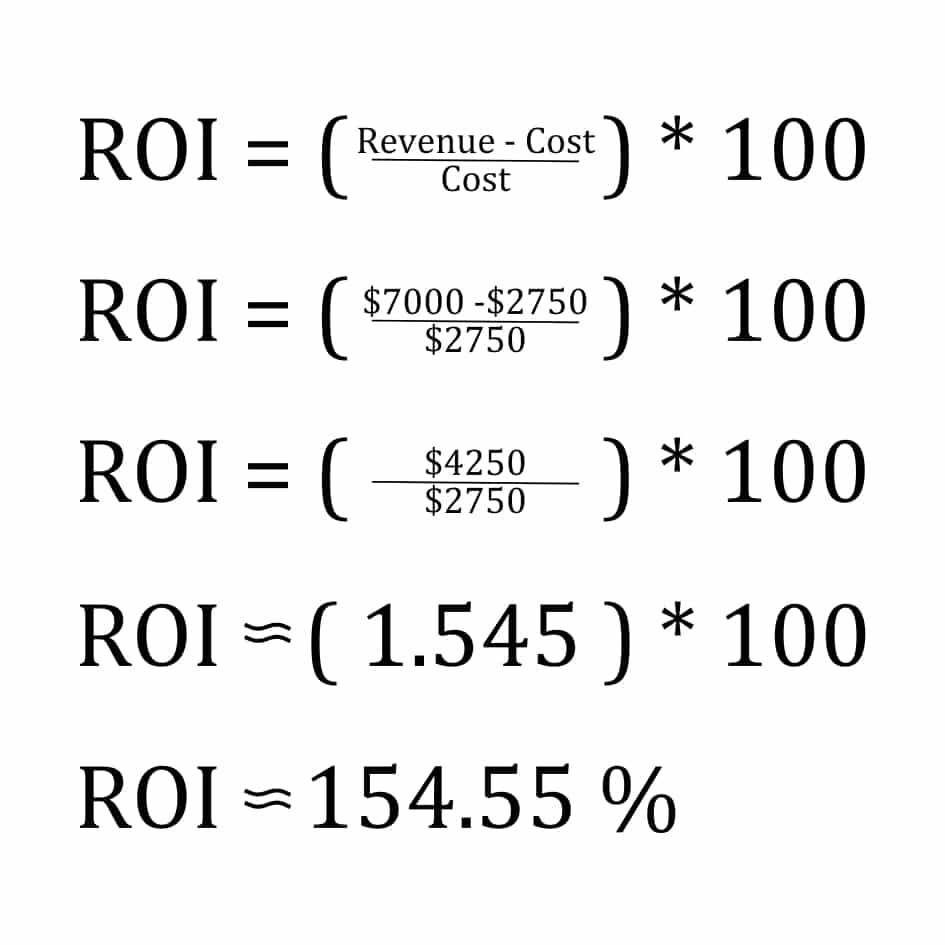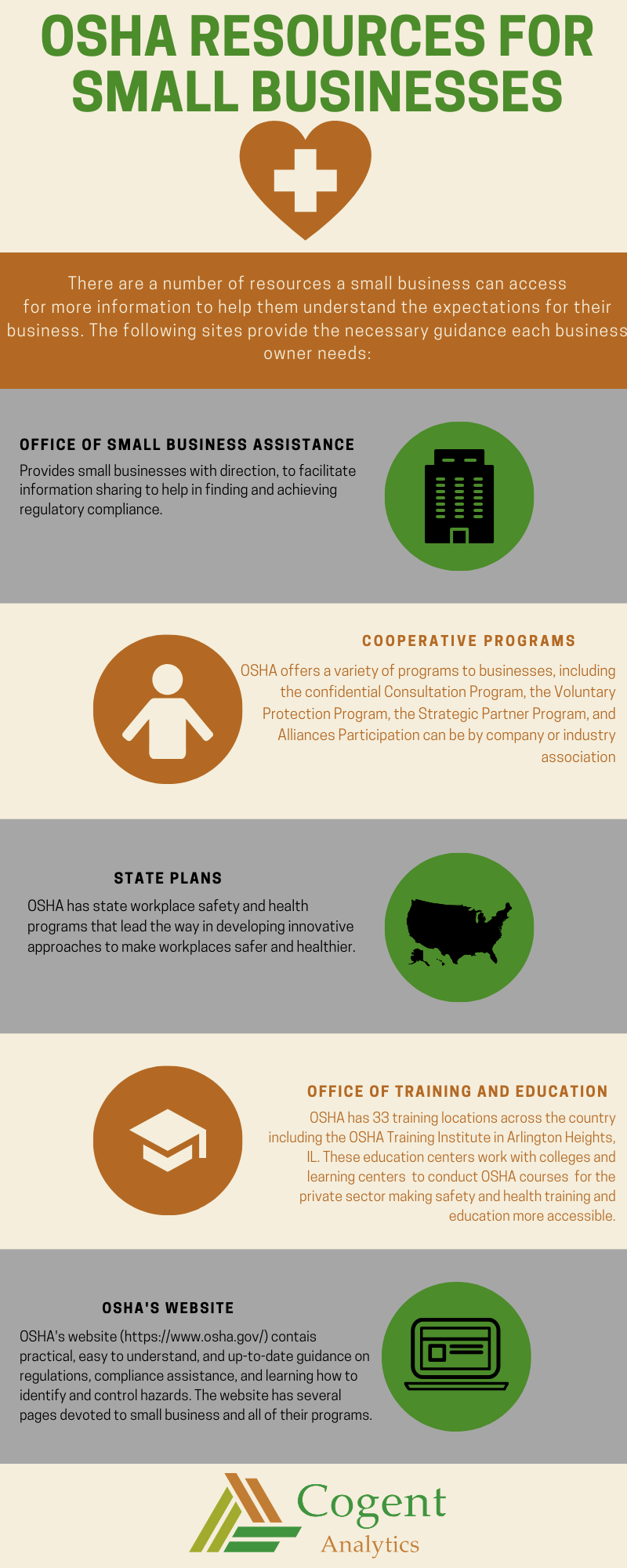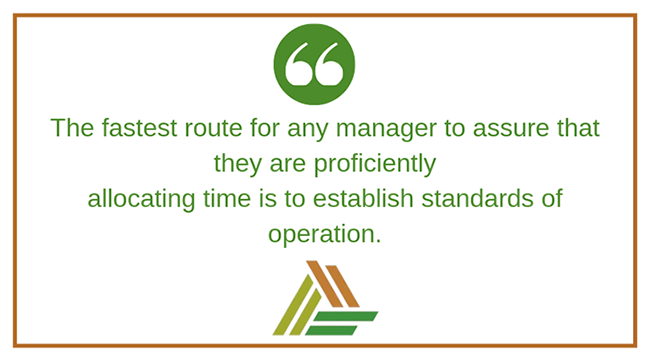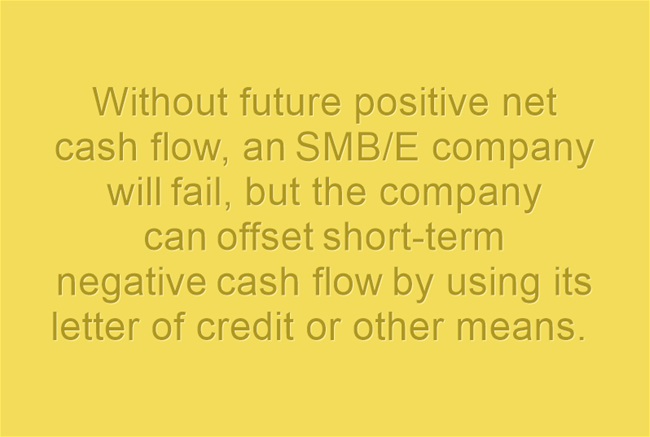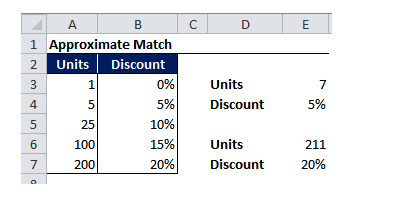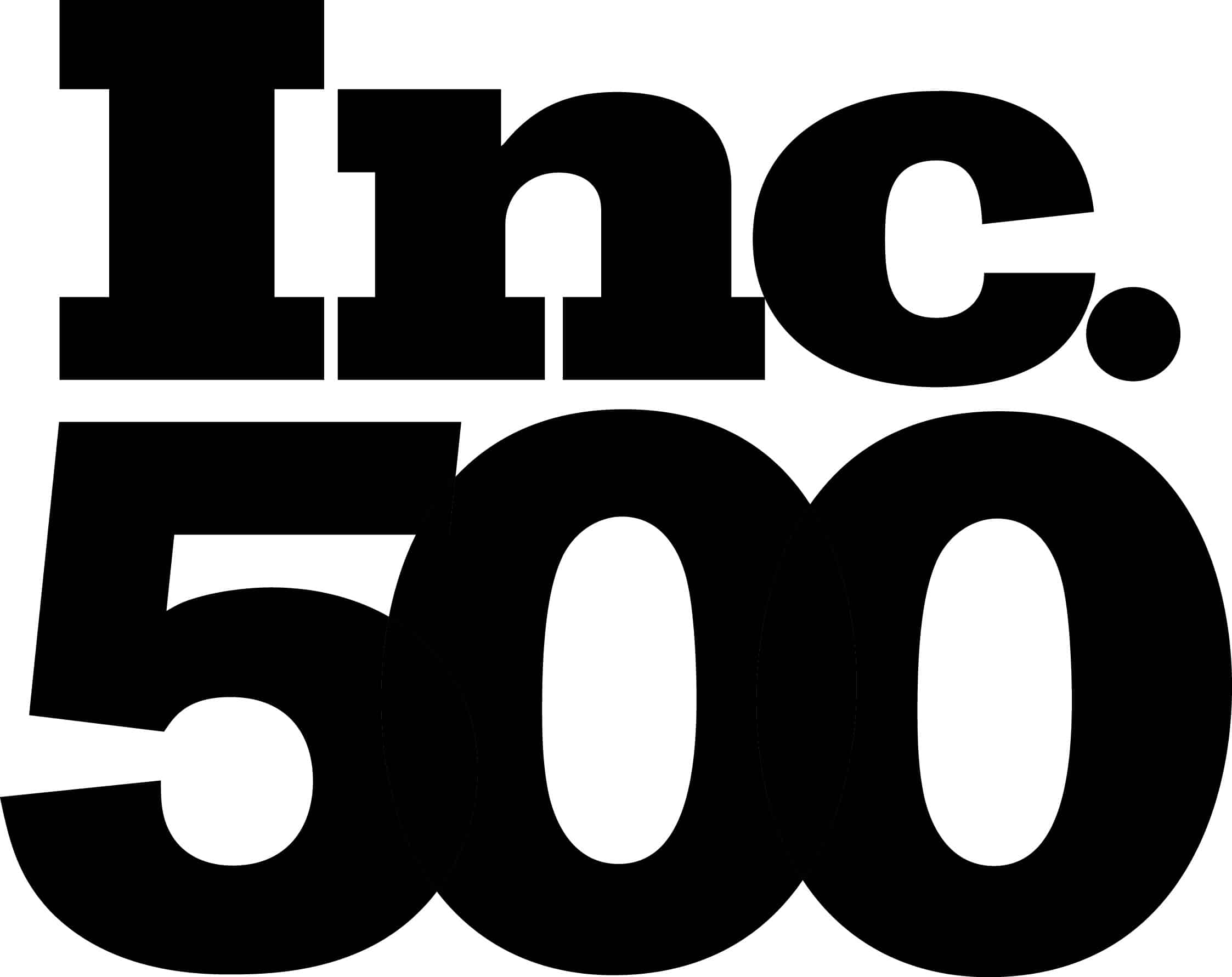By: Casey Neal, Business Development Specialist
When business owners talk about growth, they usually mention profit, lead generation, or customer satisfaction. Rarely does the conversation begin with workplace culture. That’s a costly mistake. Culture isn’t just a buzzword. It’s the engine that drives retention, productivity, and long-term performance.
A healthy culture does not just improve employee happiness. It increases accountability, speeds up execution, and builds trust with clients. On the other hand, a broken culture will quietly chip away at everything you’re trying to build.
Organizational psychologist Adam Grant outlines four common culture mistakes that often get ignored. While his research focuses on large companies, these issues are even more dangerous for small and midsize businesses that depend on lean, high-performing teams.
What happens when you reward brilliance over respect?
In some companies, high performers are treated like royalty, regardless of how they behave. Skill and output are celebrated more than attitude or values. On the surface, this may seem harmless. After all, you need strong salespeople, efficient operators, and expert technicians.
But when the wrong behavior is excused because of results, it creates a ripple effect of resentment. Team members start to question whether their hard work and integrity matter at all. This builds tension, silos, and eventually, attrition.
One toxic top performer can lower team output by up to 40 percent. When disrespect is tolerated from high achievers, it sends a clear message to everyone else. Numbers matter more than people. That message eventually comes back to bite you in the form of lower engagement, higher turnover, and lost clients who sense the dysfunction.
Are you rewarding silence instead of speaking up?
Many team members spot problems before managers do. They notice broken systems, risky shortcuts, or opportunities to improve. Yet, far too often, they say nothing. Not because they do not care, but because they don’t believe their voice matters.
When employees stay silent, it is usually because of one of two reasons. Either they’ve spoken up before and nothing changed, or they’ve seen others punished for being honest. Both are symptoms of a dangerous culture.
Healthy business cultures actively encourage feedback. Employees need to know that their insights are valued, and their ideas will be considered without backlash. When frontline workers are empowered to speak up, businesses adapt faster and make smarter decisions.
Speak-up culture is not built overnight. It starts with leaders asking the right questions and responding with action instead of ego. The best ideas often come from those closest to the work. If they do not feel safe to share, your business will always operate below its potential.
Does your company avoid conflict instead of confronting it?
Conflict avoidance is one of the most overlooked threats in a growing company. It starts with good intentions. Managers want to be liked. Teams want to get along. Owners want to focus on the future, not interpersonal drama.
But when tough conversations are avoided, small issues become major problems. Poor performance drags down the team. Misunderstandings turn into personal grudges. Expectations are assumed rather than clarified.
Clear and respectful conflict resolution must be modeled at the top. Leaders need to show that addressing problems early is a strength, not a weakness. Accountability should never be conditional. It should be consistent, fair, and direct.
Are you chasing harmony over true belonging?
Harmony sounds like a win. Everyone getting along. No arguments. No friction. But too much harmony can actually mean people are hiding their real opinions just to keep the peace.
True belonging is different. It means every team member feels safe enough to be authentic. They know their unique perspective is welcome, even when it’s different. They trust that their contributions matter.
When people feel like they belong, they stop pretending. They start showing up with creativity, confidence, and commitment. This is when real collaboration happens, and long-term loyalty is built.
Harmony may feel smooth in the short term, but belonging builds something far more valuable. It creates a team that can grow together, disagree respectfully, and solve hard problems without falling apart.
What should business owners do next?
Improving culture doesn’t require a complete overhaul. It starts with awareness and curiosity. Begin by asking your team three simple questions in a one-on-one setting:
- What is something we do well here that we should never stop?
- What is something we need to fix?
- What is one way I can support you better as a leader?
Ask. Listen. Act. These conversations build trust, and trust is the foundation of every healthy business culture.
Culture is not a luxury. It is a performance strategy.
Toxic work environments are not just bad for morale. They are expensive. High turnover drains money. Burnout limits productivity. Silence kills innovation.
If you want your business to thrive, culture cannot be an afterthought. It must be intentional. It must be maintained. And it must start with you.
“Culture eats strategy for breakfast.”
— Peter Drucker
Grant, A. (2022, June 21). The 4 Deadly Sins of Work Culture. Ted.com; TED Talks. https://www.ted.com/talks/worklife_with_adam_grant_the_4_deadly_sins_of_work_culture?utm_campaign=tedspread&utm_medium=referral&utm_source=tedcomshare





